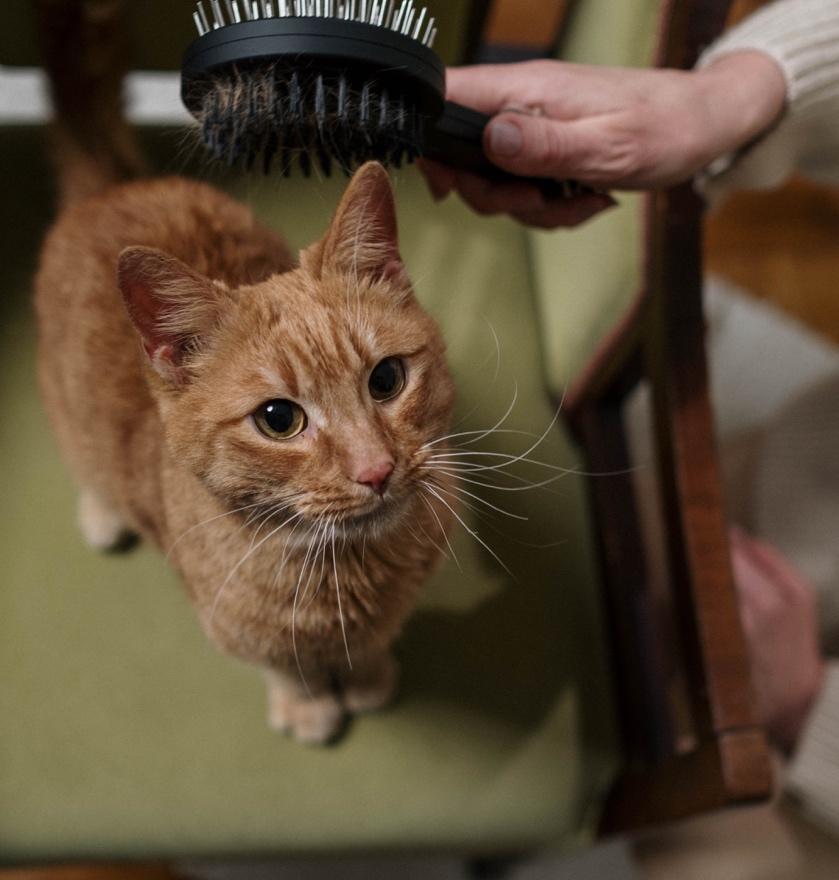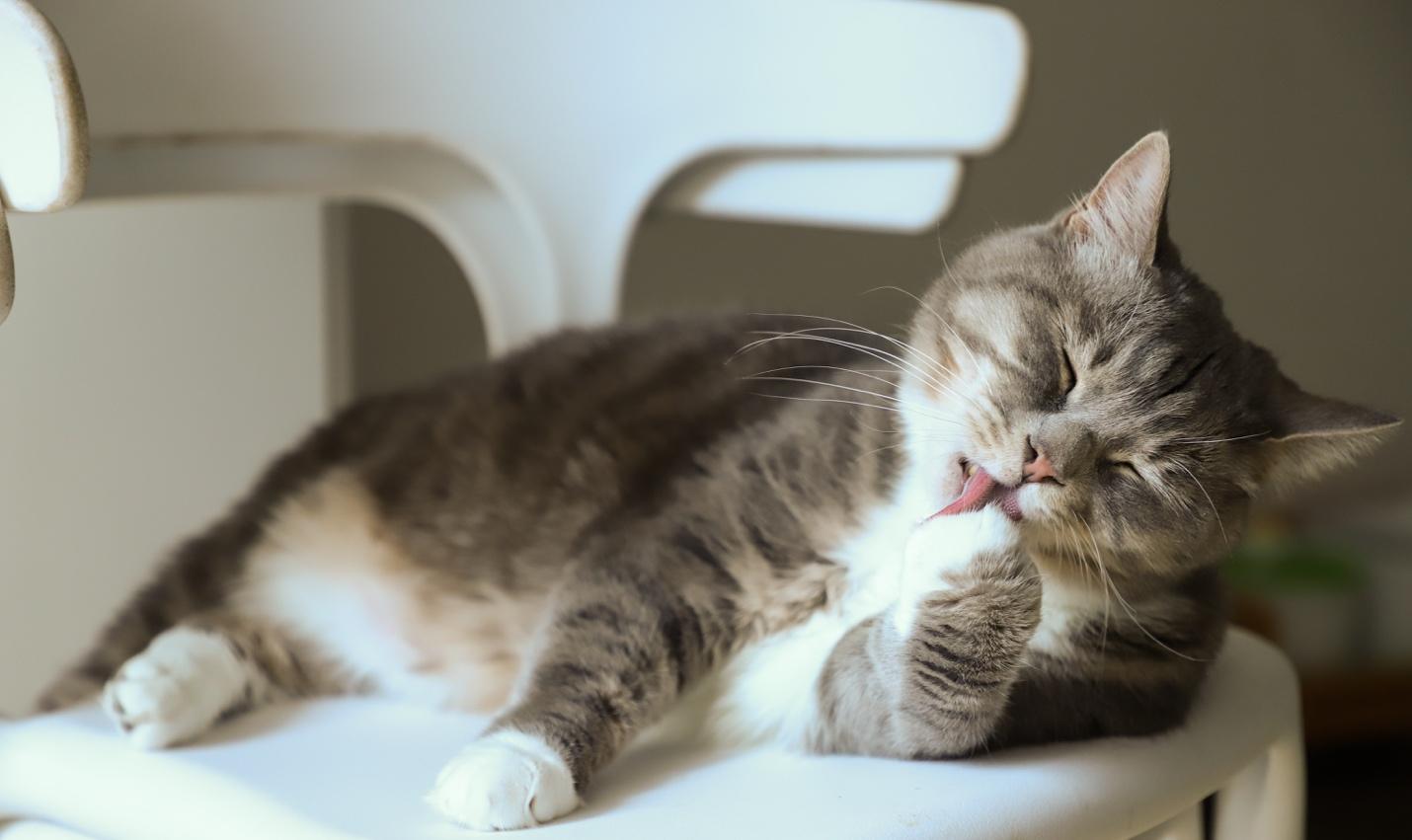Self-grooming is among the trademark characteristics of most cats. It begins right after birth when cat mothers will lick their kittens to clean them, provoke urination and suckling, provide comfort, and strengthen their bond. At four weeks of age, kittens begin grooming themselves, and shortly thereafter start grooming their mother and siblings. This self-grooming and mutual grooming (known as all grooming) continues into adulthood.
When considering whether to get a cat or a dog, the cat’s self-cleaning behavior can be the deciding factor for some owners. It can convince them that cats are easier to care for and not in need of as much maintenance as a dog. While there is some truth to this claim, we shouldn’t be fooled into thinking that cats don’t require any grooming assistance at all. Indoor cats will need regular nail trimmings as their claws have limited contact with stone surfaces, some cats produce too much earwax and need ear cleanings, and most cats enjoy a good brushing occasionally. To avoid gum disease or future tooth extractions, learning how to safely clean your cat’s teeth is also a good idea. Moreover, grooming requirements will differ depending on your cat’s breed. Sphinx cats, for instance, should have weekly baths and can even get blackheads due to their hairless, oily skin.


